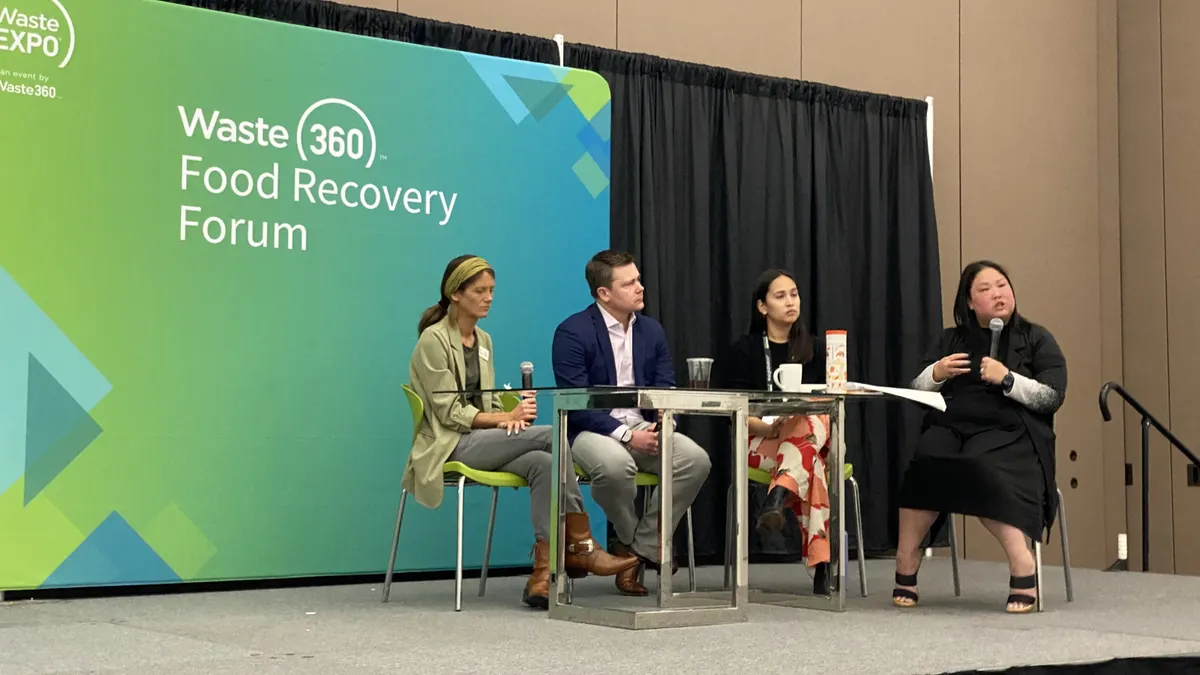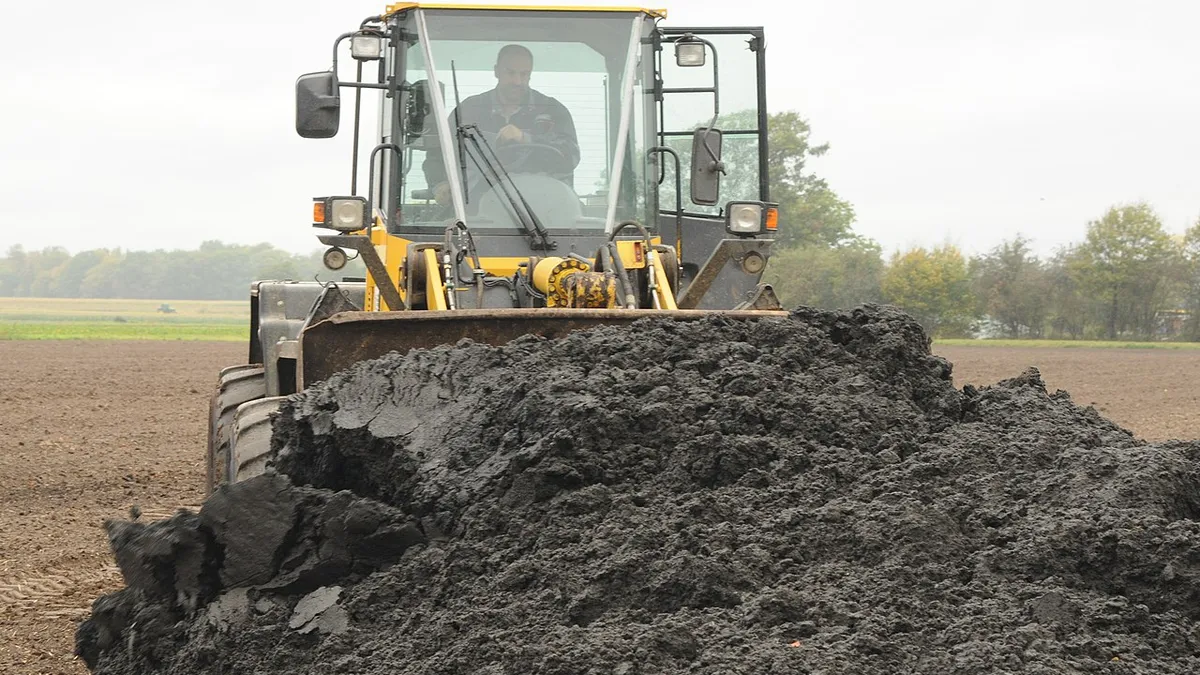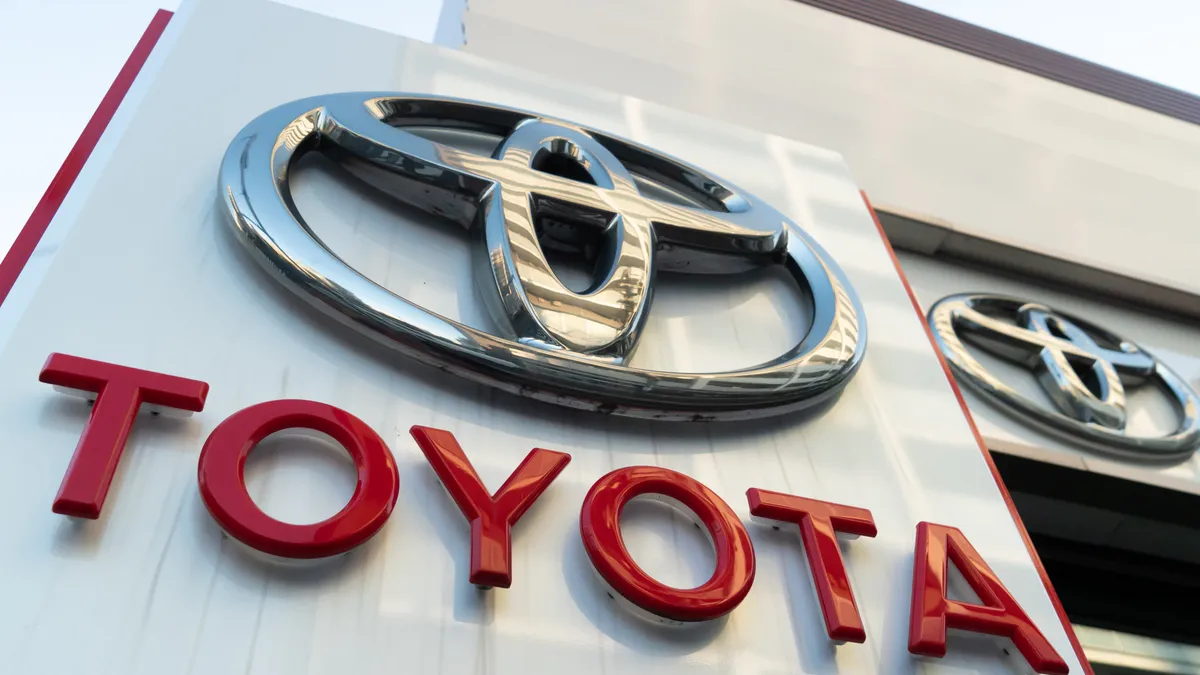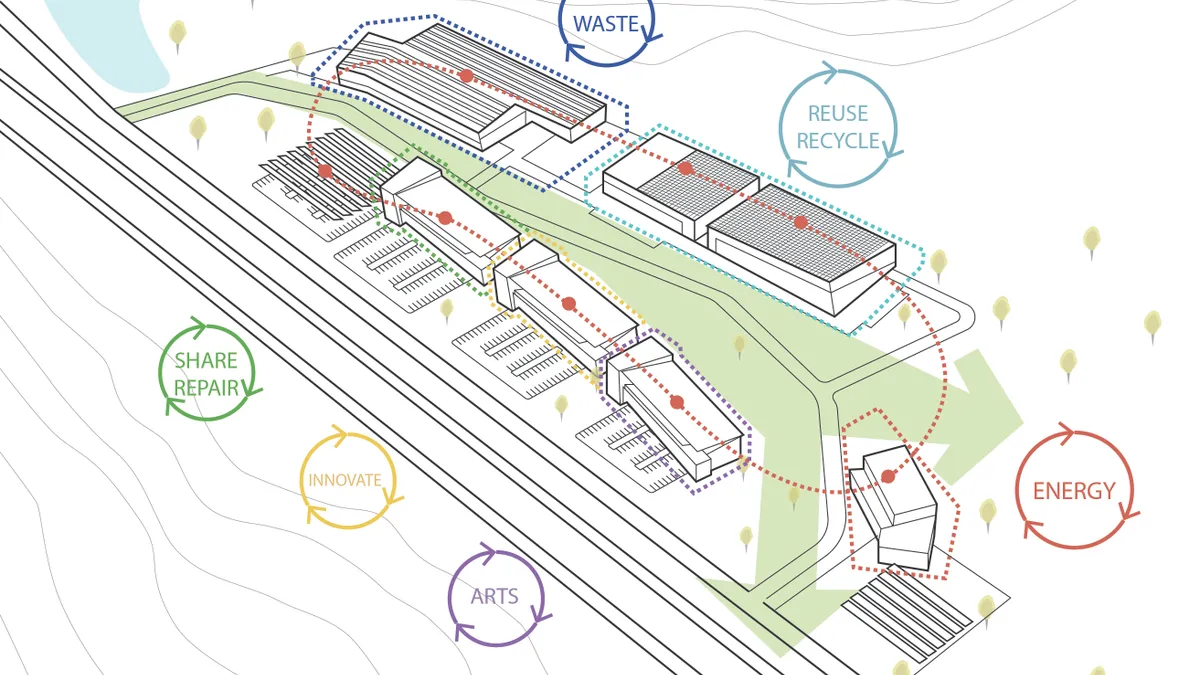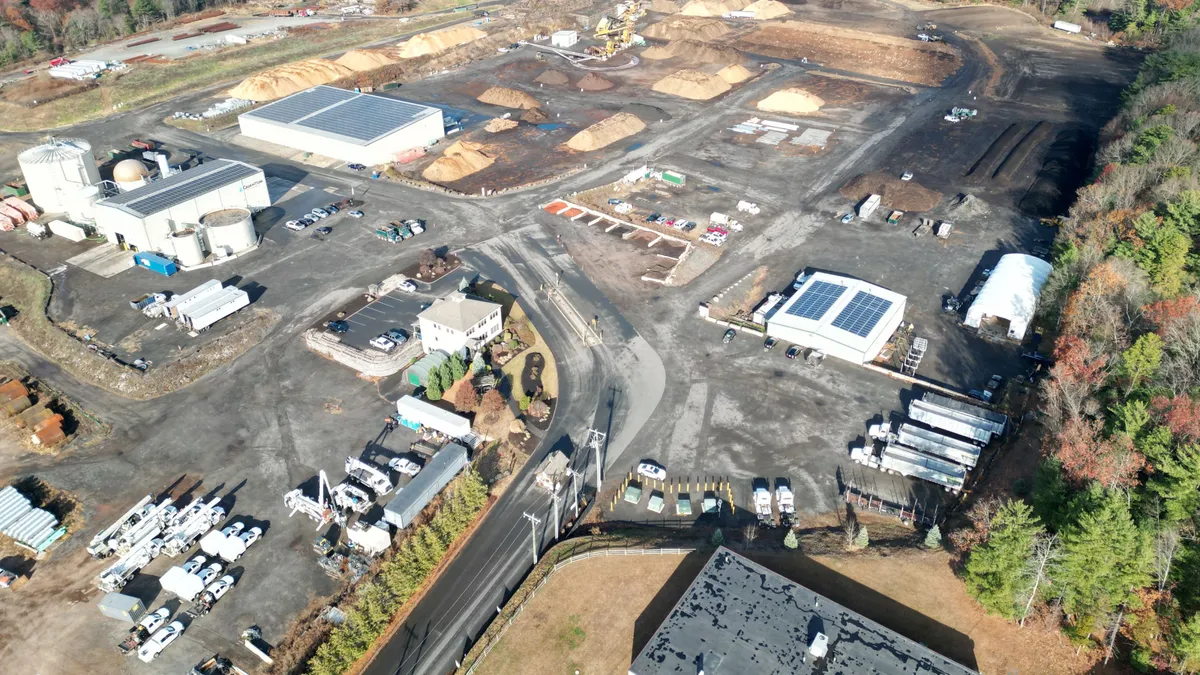At the recent USCCF Sustainability Forum on the circular economy, Jeff Wooster, global sustainability leader of Dow Packaging & Specialty Plastics, helped lead a discussion on the importance of implementing the circular economy into the manufacturing and use of plastic packaging. Wooster noted that with the right efforts and innovations, plastic packaging can be a sustainable option across the supply chain.
“Somebody has to try the new stuff before it’s proven. That’s innovation. That’s leadership.” @JeffWoosterRS @DowChemical #USCCFcircular
— PYXERAGlobal (@PYXERAGlobal) May 16, 2016
While there are many ways that applying the circular economy to plastic packaging can have environmental benefits, there are also challenges that are associated with such an economic shift. Waste Dive caught up with Wooster over e-mail to find out how Dow Packaging is applying closed-loop ideals to its business and products, and what other industry professionals should be aware of in the wake of the circular economy.
WASTE DIVE: It seems that 3 of the biggest benefits of applying the circular economy to plastic packaging are reducing food waste, recovering energy, and changing consumer behaviors. Can you dive into each of these benefits a little bit and explain what Dow Packaging is doing to reach these goals?
JEFF WOOSTER:
1. Food Waste
According to the Food & Agriculture Organization of the United Nations, one-third of all food produced for human consumption is wasted. This costs around $750 billion annually. The carbon footprint associated to food waste ranks as the third top emitter after the USA and China. Plastics packaging preserves food freshness and reduces food waste. In fact, packaging experts have estimated that each pound of plastic packaging can reduce food waste by up to 1.7 pounds (ACC).
New flexible plastic packaging is helping consumers reduce food waste by offering pre-portioned servings, "resealability" and ready-made, on-the-go options. To maintain effective product protection, a package must have the right inherent barrier properties, toughness, and secure and hermetic seals. Good packaging toughness withstands handling and abuse throughout the entire supply chain, and secure and hermetic seals safeguard the product from its environment while it moves through the supply chain.
Dow’s Make it Last campaign was designed to educate consumers worldwide on how they can make a positive impact by conscientiously changing behavior in the supermarket and at home to make food last longer and help protect the environment.
2. Energy Recovery
Through a collaborative effort to explore an alternative for plastic waste, Dow co-sponsored a three-month pilot program in Citrus Heights, CA to convert non-recycled material and low-value plastics collected in purple bags into a high-value synthetic fuel oil.
The Energy Bag pilot proved non-recycled plastic items — like juice pouches, candy wrappers, and plastic dinnerware — could be collected and converted into an energy resource; helped to identify a way to keep 6,000 pounds of typically non-recycled plastic items out of landfills; and converted plastic waste into 512 gallons of synthetic crude oil — recovering nearly 12 barrels of oil.
Dow hopes that other municipalities and industry stakeholders will adopt programs like Energy Bag to move the potential for large-scale "plastics-to-energy" conversion forward.
3. Behavior Change
With many natural resources already in short supply, there’s an urgent need to change our behavior and prevent the consequences of over-consumption. The Energy Bag pilot program in Citrus Heights yielded 30% citizen participation even though it was only run for six collection cycles. 78% of citizens in Citrus Heights said they would be likely to participate if given another chance.
We learned through the pilot that if we had more time to communicate with residents (for example through access to schools), we could have increased plastic recovery if community members had a better understanding of the program through earlier public education with families and children.
In June 2014, Dow inspired people globally via Recycle Rally — A 30-Day Challenge, a web campaign to commit to recycling for 30 days, based on the idea that it takes 30 days to form a habit. The campaign offered information, tools and tips to push people outside their recycling comfort zone and to become better recyclers.
What do you think the biggest challenge of implementing the circular economy will be in the next 10-20 years?
WOOSTER: By 2030, the world will include three billion more middle-class consumers. This unprecedented rise in demand for goods will challenge our predominantly "linear" economic system. The biggest challenge to implementing a more circular economy may very well be that the current model has been successful at delivering a higher standard of living in the past. But due to the increasing drain on resources, that system won’t be as effective in the future, and we need to change to a more circular approach to managing resources.
Approximately 65 billion tons of raw materials entered the economic system in 2010, and this figure is expected to grow to around 82 billion tons in 2020. As a result, elements such as gold, silver, indium, iridium, tungsten and many others vital for industry could be depleted within five to 50 years.
The circular economy opens up ways to reconcile economic growth with environmental responsibility. Dow’s approach to circular economy is to apply innovation to reuse and repurpose our resources, extend service life, utilize "systems" thinking and value ecosystems with regard to a product’s impact throughout its lifecycle.
Achieving more sustainable operations is like balancing a scale. In the business of packaging and specialty plastics, we ideally strive to simultaneously increase performance and decrease resource consumption, but on occasion these two goals can conflict. For example, if the amount of resources saved means that a lower quality package is produced, then the goal of improvement has not been achieved. If the package fails because it has been simplified too much, the result is a decrease in overall sustainability performance because the product is wasted – despite the lower resource use for the packaging. So we must always work diligently to be certain that we use the right amount packaging resources to provide the best overall balance of resource efficiency.
Some waste & recycling professionals make a business out of having the ability to landfill products or process them in ways that do not agree with the circular economy. How do you think the circular economy (specifically the evolution of plastics) will affect these professionals?
WOOSTER: As a new industry, the circular economy is creating job opportunities across a number of different sectors and geographies. According to a recent report by WRAP (Waste & Resources Action Programme) and Green Alliance, expansion of the circular economy could create 3 million extra jobs by 2030 and reduce unemployment by 520,000 across the European Union. The same study found that 3.4 million people across the EU are already employed in circular economy jobs including repair, waste & recycling and rental & leasing sectors. We believe that innovations in circular economy will accelerate job creation, as companies continue to invest in the technologies that make a circular economy possible.








